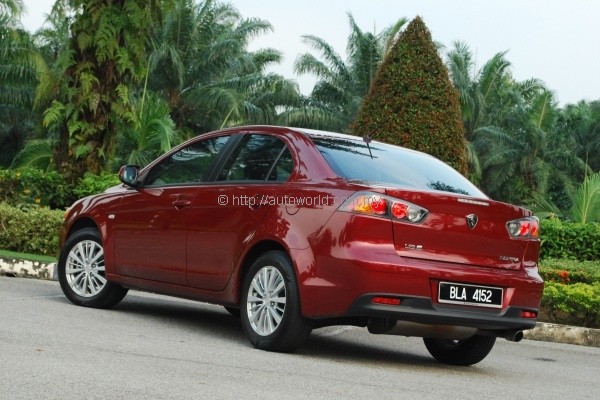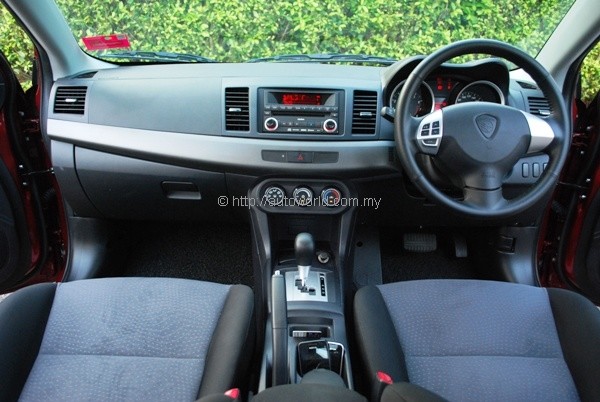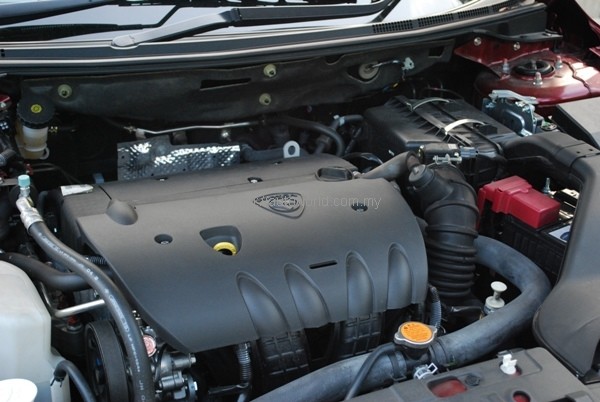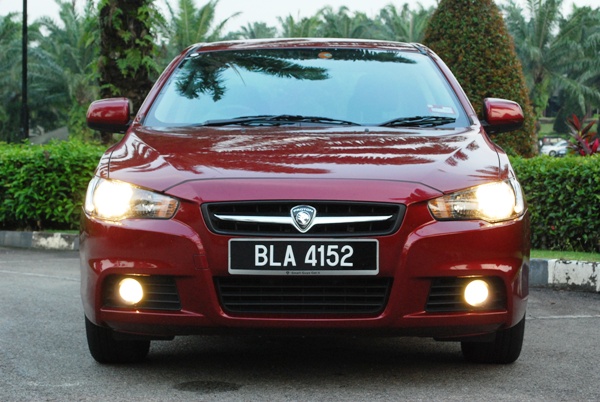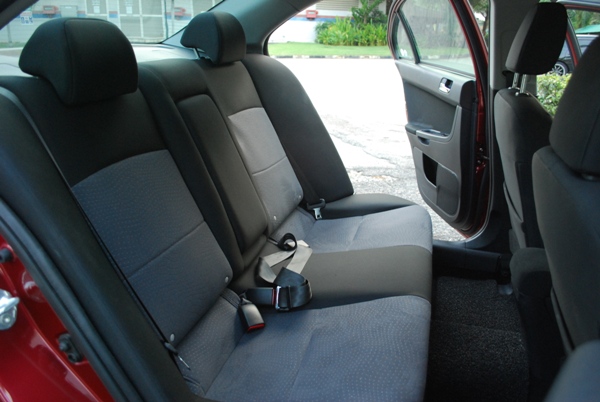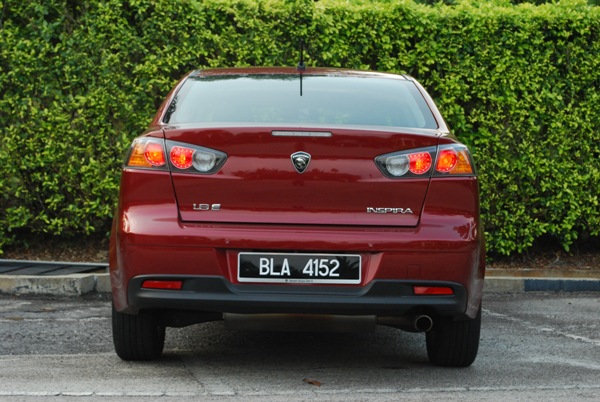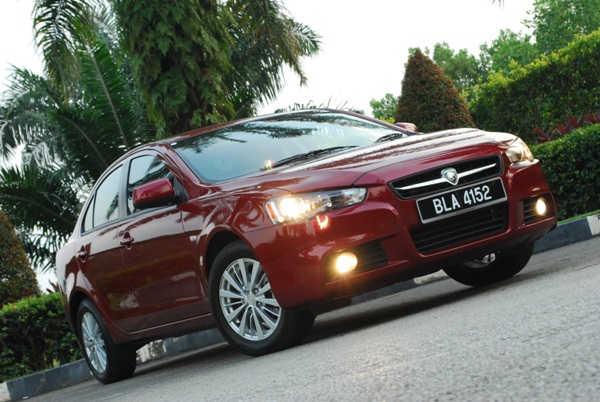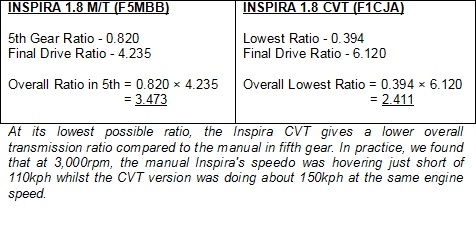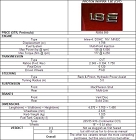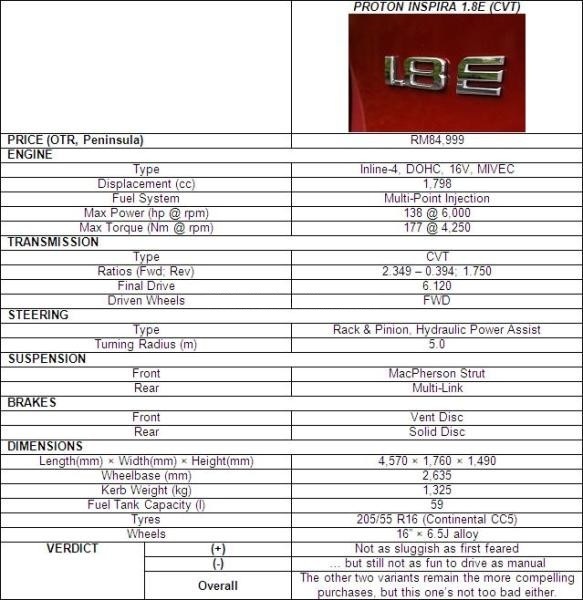Proton Inspira 1.8E (CVT) – Tough Choice
Proton launched the Inspira with a three-variant line-up – 1.8E manual, 1.8E CVT and 2.0P CVT. Initial expectations were for the RM85k 1.8E CVT model to form the bulk of orders. To Proton’s surprise, however, majority of customers had no qualms bridging the RM7,000 gap that separates the 1.8E CVT from the top-of-the-range 2.0P model.
Malaysian buyers in general prefer smaller engines, but they want the big boy’s toys. Honda obviously learned this lesson and launched the Civic 1.8 S-L and Accord 2.0 VTi-L, both with comparable levels of equipment in comparison to their bigger-engined siblings. There should be little surprise that both these variants are the best-sellers of their respective model ranges.
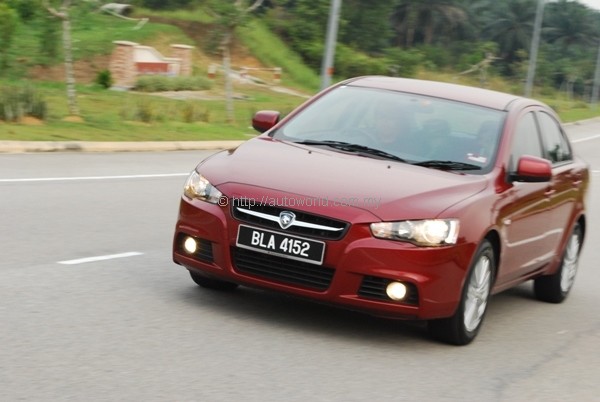 |
The situation that Proton is finding itself in is not dissimilar to how things panned out for the Nissan Teana and Peugeot 308. In both instances, the distributors anticipated higher demand for the lower-powered models only to be overwhelmed by customer demand for the more expensive versions. In the Inspira’s case especially, RM7,000 is not a big chasm at all to cross whether you are buying with cash or financing.
It becomes even easier to justify spending the extra money when you consider the extra stuff you’re getting on the 2.0 – cruise control, paddle shift, auto climate control, auto headlights, auto wipers, and leather seats. The handheld GPS navigation system that comes with the 2.0 is nothing to shout about, and should not be a purchasing consideration. Then there are the extra skirtings and rear spoiler that makes the 2.0 look just that little bit classier; and don’t forget the bigger engine.
Of course, this is not to say that the 1.8 is poorly equipped. A radio with Bluetooth handsfree is not something that is found in most D-segment offerings, so having it in a sub-RM90k car is a terrific piece of news. Other accompanying goodies are power windows all-round with anti-pinch and auto up/down for the driver, electric side mirrors, steering mounted controls, front fog lights, and rear central arm rest. Commendably, safety gear is standard across the board, so regardless which variant of the Inspira you choose, you get dual airbags, ABS, EBD, immobilizer, pre-tensioners for the front seat belts, ISOFIX, driver seat belt reminder, and reverse sensors.
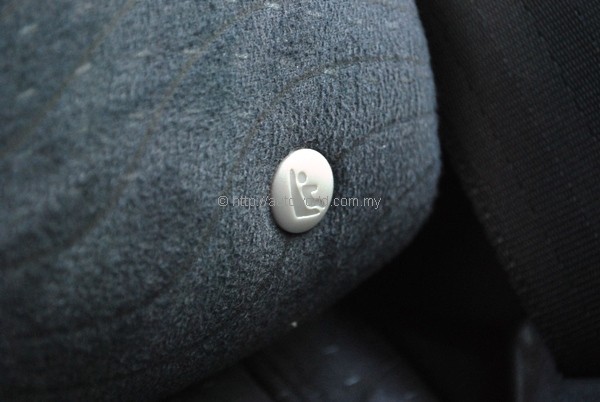 |
| ISOFIX mounts |
So, while the 1.8 CVT hasn’t distinguished itself as the pick of the range, it’s certainly not shaping up to be a bad choice either, and this continues to hold true on the road. The quoted century sprint times (11.4 seconds) and top speed (191kph) are quite a bit lower than both the 1.8 manual and 2.0, but the weakest Inspira does not feel in anyway weezy.
On some occasions, it is possible to catch the CVT cold, and that is when you get the classic dreaded rubber-band effect that make CVTs such maligned contraptions by most enthusiasts. Most of the time, however, the INVECS-III does a good job to effectively channel the 138hp and 177Nm from the 1.8-litre 4B10 MIVEC powerplant to the front wheels.
Both the 1.8 and 2.0-litre CVT models use the same set of ratios in their transmissions. Hardware of the CVT is supplied by Nissan-owned Jatco, although the INVECS-III programming is unique to Mitsubishi applications. In fact the Inspira’s CVT actually has identical gear ratios (forward, reverse & final drive) to the Nissan Teana 2.5.
 |
| INVECS-III CVT uses Jatco-sourced hardware. |
Although the manual version remains as the pick of the range in terms of driving satisfaction, there are merits in going for the CVT models, chief amongst them being fuel consumption. Printed figures from Proton show the 1.8 CVT having marginally lower consumption (6.2 l/100km) than its manual sibling (6.3 l/100km).
We were unable to verify the accuracy of Proton’s official consumption figures, but the maths seem to support the facts. Fifth gear in the manual Inspira has a higher overall ratio compared to the CVT in its lowest ratio. In practice, it means that at any given speed, the Inspira CVT is required to pull fewer revs compared to the manual version, and that translates to improved economy.
 |
As mentioned many times before, the bulk of Proton’s work on the Inspira went to reworking the Lancer’s suspension to deliver a unique set of ride and handling characteristics. Unlike previous models however, Proton is no longer brandishing out the ‘Lotus-Tuned Ride & Handling’ tag on its brochures. Instead, the Inspira’s catalogs are actually printed with the words ‘Proton Ride & Handling’ instead, indicating the company’s strong pride and belief in its efforts this time.
Indeed, the ride and handling front is not one area you’d feel shortchanged with in the Inspira, and this is regardless of which variant you opt for. Rather than tune each variant’s ride and handling individually, Proton specified a one-size-fits-all solution for all three variants of the Inspira, with identical spring and damper rates, and even the wheel-tyre combo. Only the front spring lengths vary, and that too for the sole reason of giving all three versions the same ride height while accounting for differing powertrain weights.
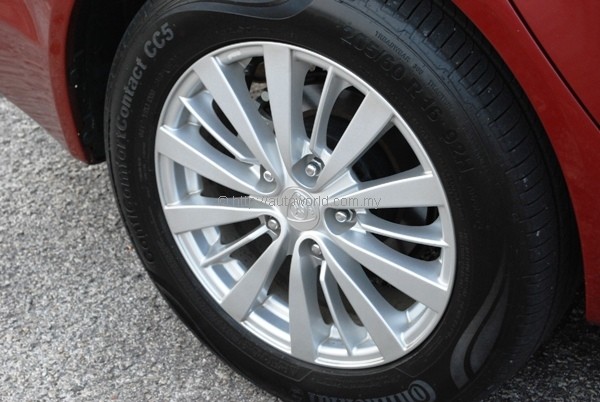 |
| All three variants feature identical wheel/tyre combo plus suspension setting. |
As per our findings with the manual version, Inspira 1.8 CVT tackles bends with great relish. There is a noticeable degree of bodyroll, but the chassis also performs impressively to squeeze every last ounce of grip from the comfort-oriented Continental CC5 tyres. Surface imperfections are also impressively thumped out; the Inspira’s suspension setup easily ranks as one of the best in the business in its ability to balance out ride comfort against stout handling.
 |
| Features the same accomplished ride & handling as the other versions. |
So, how does the Inspira 1.8 CVT fare over its other siblings in the final reckoning? To make one thing perfectly clear, the 1.8 CVT does not feel in anyway slow, so power (or lack of) is immediately struck off as an argument against its case.
The enthusiasts’ pick has to be the manual version for overall driver interaction and satisfaction, plus it is not at all difficult to drive and priced RM6,000 cheaper to boot. Having said that, urban buyers continue to avoid anything with three pedals like a plague, so their options automatically (pun not intended) start with this model, which is a fine deal on its own. The problem is that 2.0-litre model sitting just RM7,000 further north tugging at your sleeves.
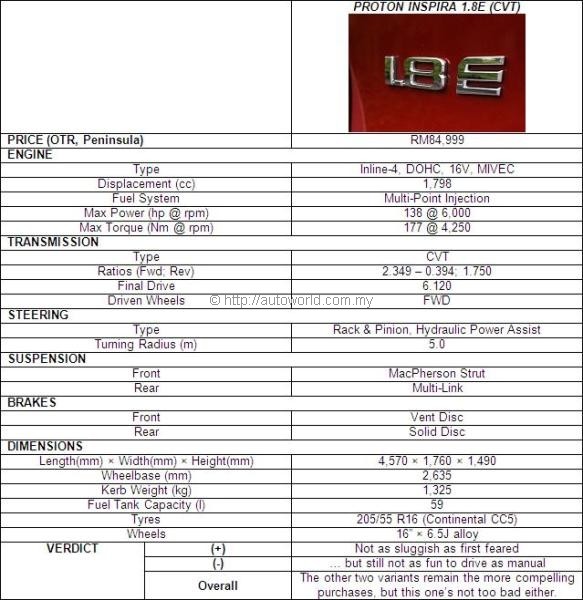 |





